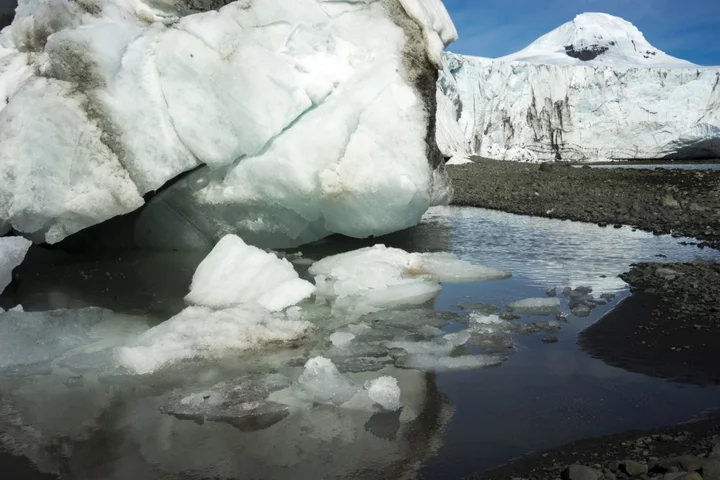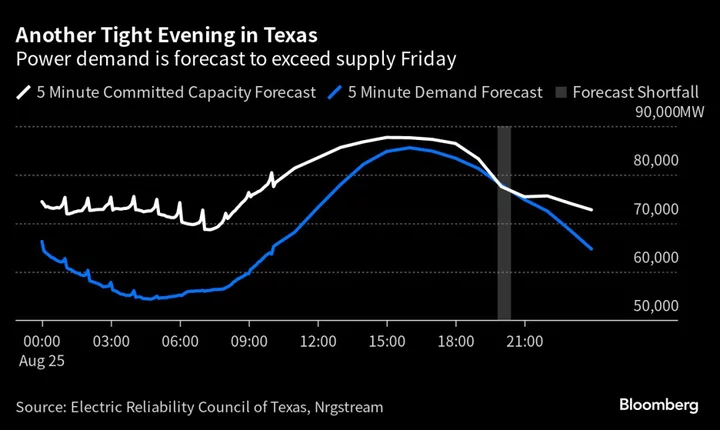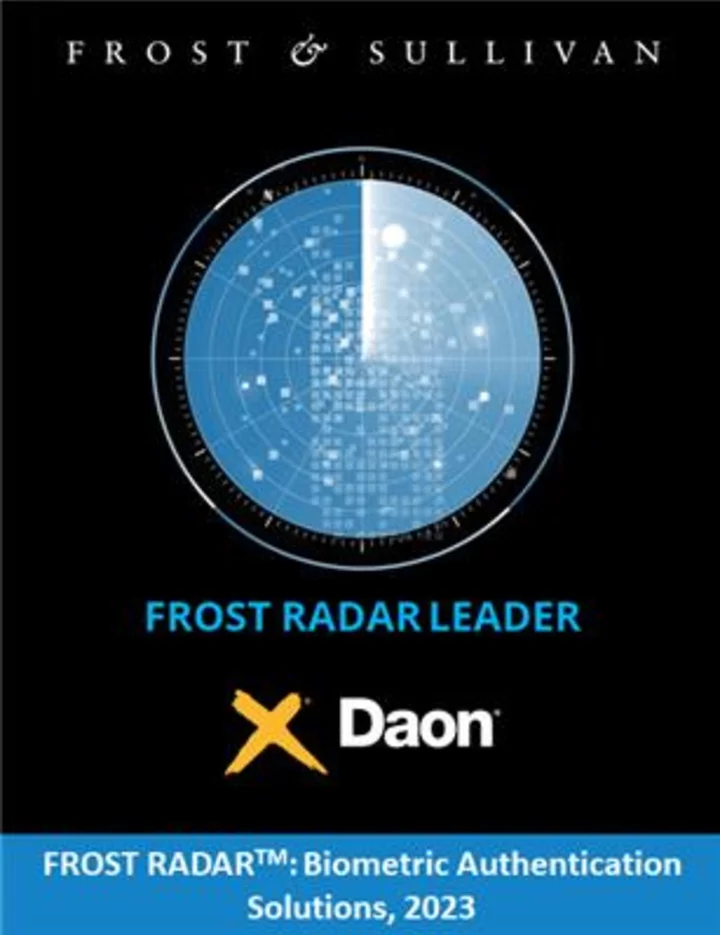Melting glaciers could raise sea levels more than previously thought because of the way polar ice behaves where it meets the ocean floor.
A new satellite study of the Petermann Glacier in Greenland shows that its “grounding line” — where the ice transforms from a glacier in contact with the seafloor to a shelf floating above it — shifts significantly with tidal cycles. That allows warmer water to work its way into the glacier from below, according to scientists from the University of California at Irvine, NASA’s Jet Propulsion Laboratory and other institutions.
Between 2016 and 2022, Petermann’s grounding line retreated nearly 2.5 miles, allowing warmer water to carve a cavity 670 feet tall underneath, according to the study, which was published in the Proceedings of the National Academy of Sciences this week. As tidal forces expose the glacier to warmer water, melting accelerates.
“These ice-ocean interactions make the glaciers more sensitive to ocean warming,” Eric Rignot, a co-author of the study and a professor of Earth system science at the University of California at Irvine, said in a press release. “These dynamics are not included in models, and if we were to include them, it would increase projections of sea level rise by up to 200% — not just for Petermann but for all glaciers ending in the ocean, which is most of northern Greenland and all of Antarctica.”
Previously, scientists believed ice at a glacier’s grounding line was rigid and did not migrate during tidal cycles or experience melting.
This is the latest in a string of surprising findings from glaciologists seeking to better understand the dynamics of Greenland’s ice sheet, which is three times the size of Texas. It has already lost billions of tons of ice. Warmer air has melted the ice sheet from above, resulting in more runoff. Meanwhile, warmer ocean temperatures have cut into the ice shelves and glaciers on the ice sheet’s edges, which reduces friction and causes more ice to slide into the sea.
But those dynamics have proven far from simple and can even interact to hasten the meltdown. A 2022 study showed that warmer air temperatures have caused more meltwater to flow into the ocean, essentially stirring things up. That process releases heat, hastening glacial melt.
Still other research — which looked at the impact of “zombie ice,” or ice that isn’t getting replenished by the attached glacier and is doomed to disintegrate — predicted Greenland’s melting ice sheet would eventually contribute almost 11 inches to sea level rise by 2100, more than twice the effect projected by the most recent Intergovernmental Panel on Climate Change (IPCC) report.
There aren’t enough scientists studying complex processes that are causing rapid changes to ice sheets, despite the work’s global importance, Rignot told Bloomberg Green. “I’m convinced that with a robust observation program, we could get the answers to all our questions in 10 years. I often say we are still climbing Everest in tennis shoes as opposed to launching a full expedition,” Rignot said.
For most of the 20th century, the Greenland ice sheet and the much larger Antarctic one were relatively stable. By the middle of this century, though, the IPCC expects rising sea levels will put a billion people at risk in low-lying cities and settlements. By 2100, it expects the kind of extreme sea level events — which result in serious coastal flooding and erosion — that historically took place once a century will occur once a year in many locations.
--With assistance from Eric Roston.









